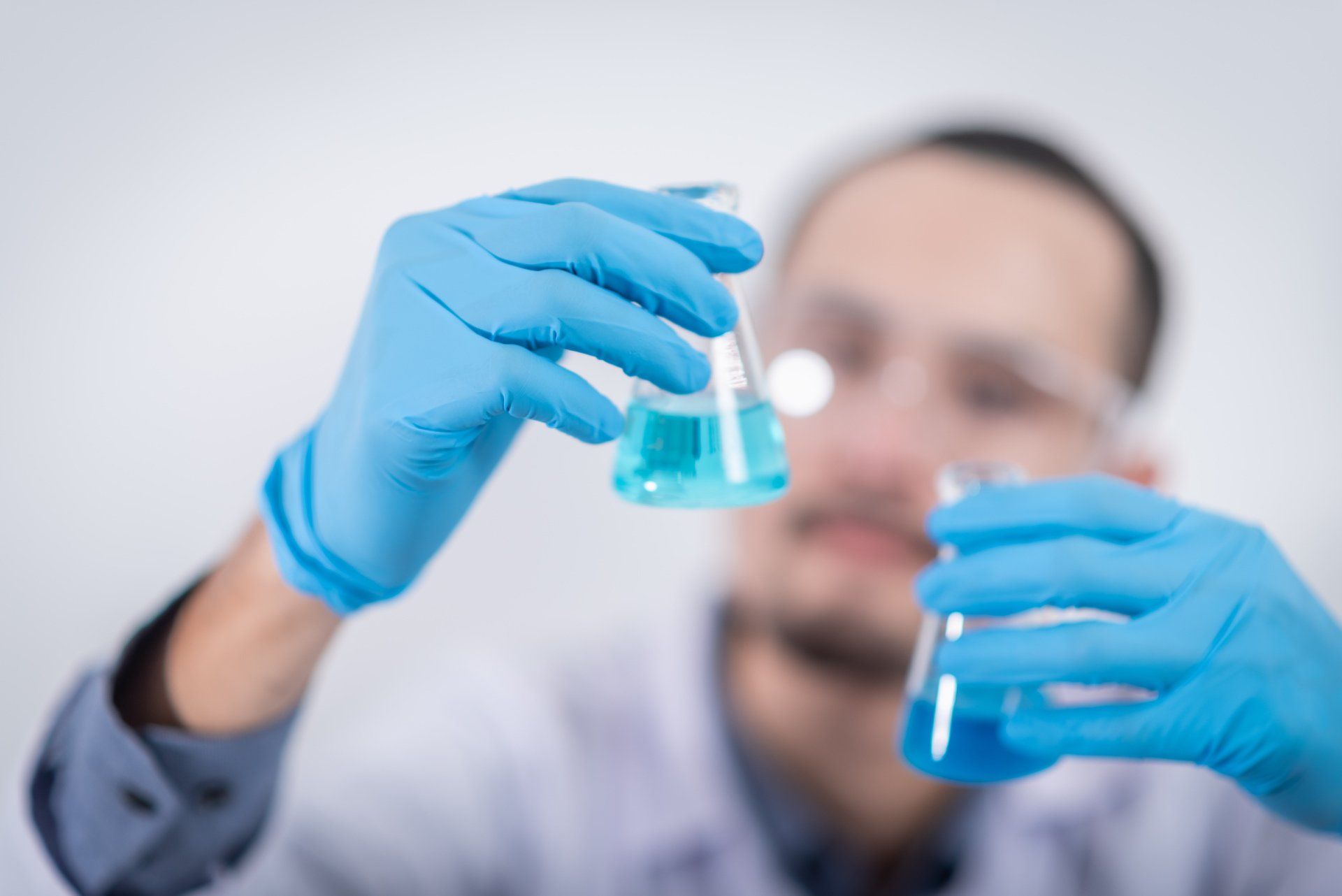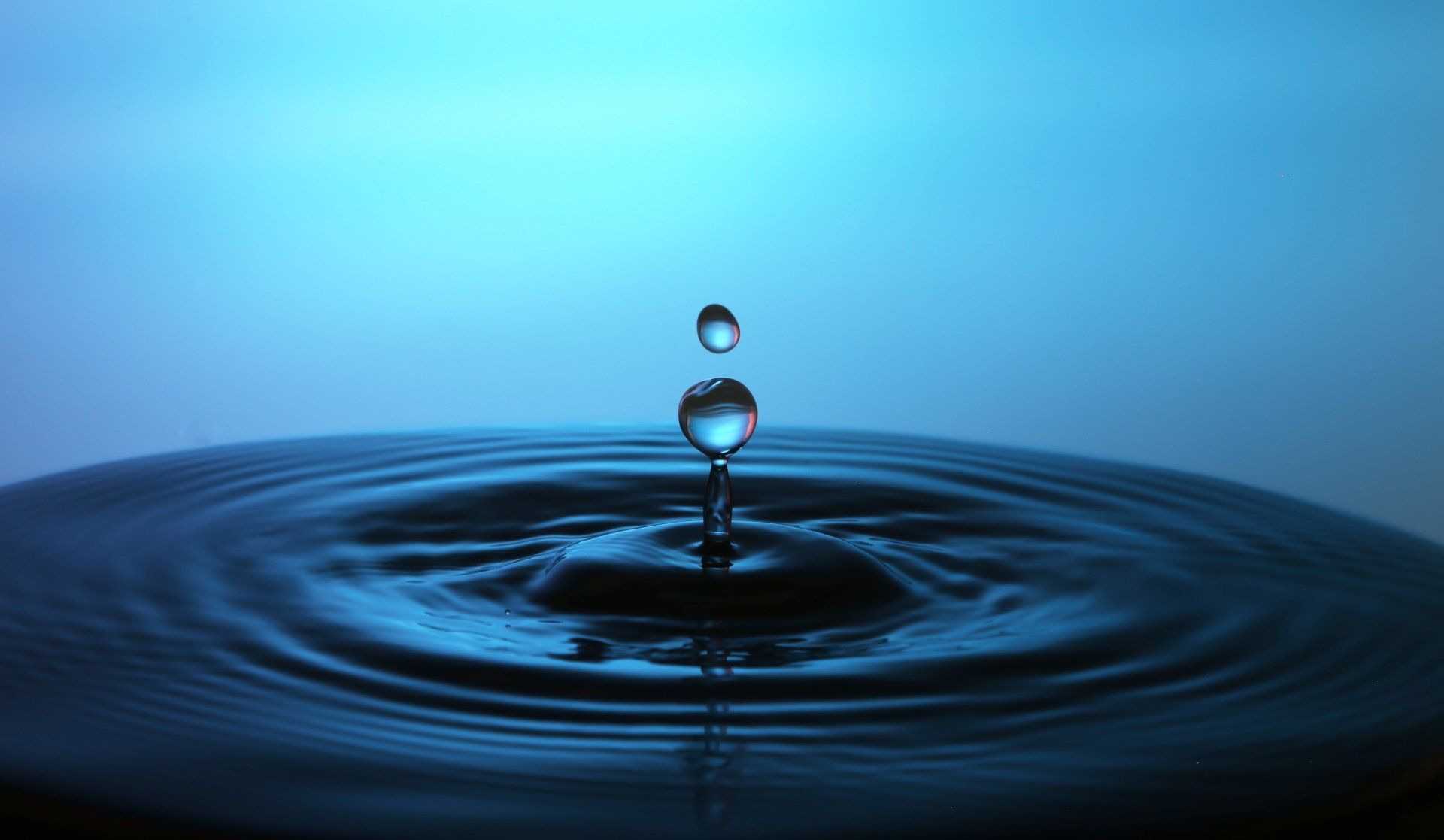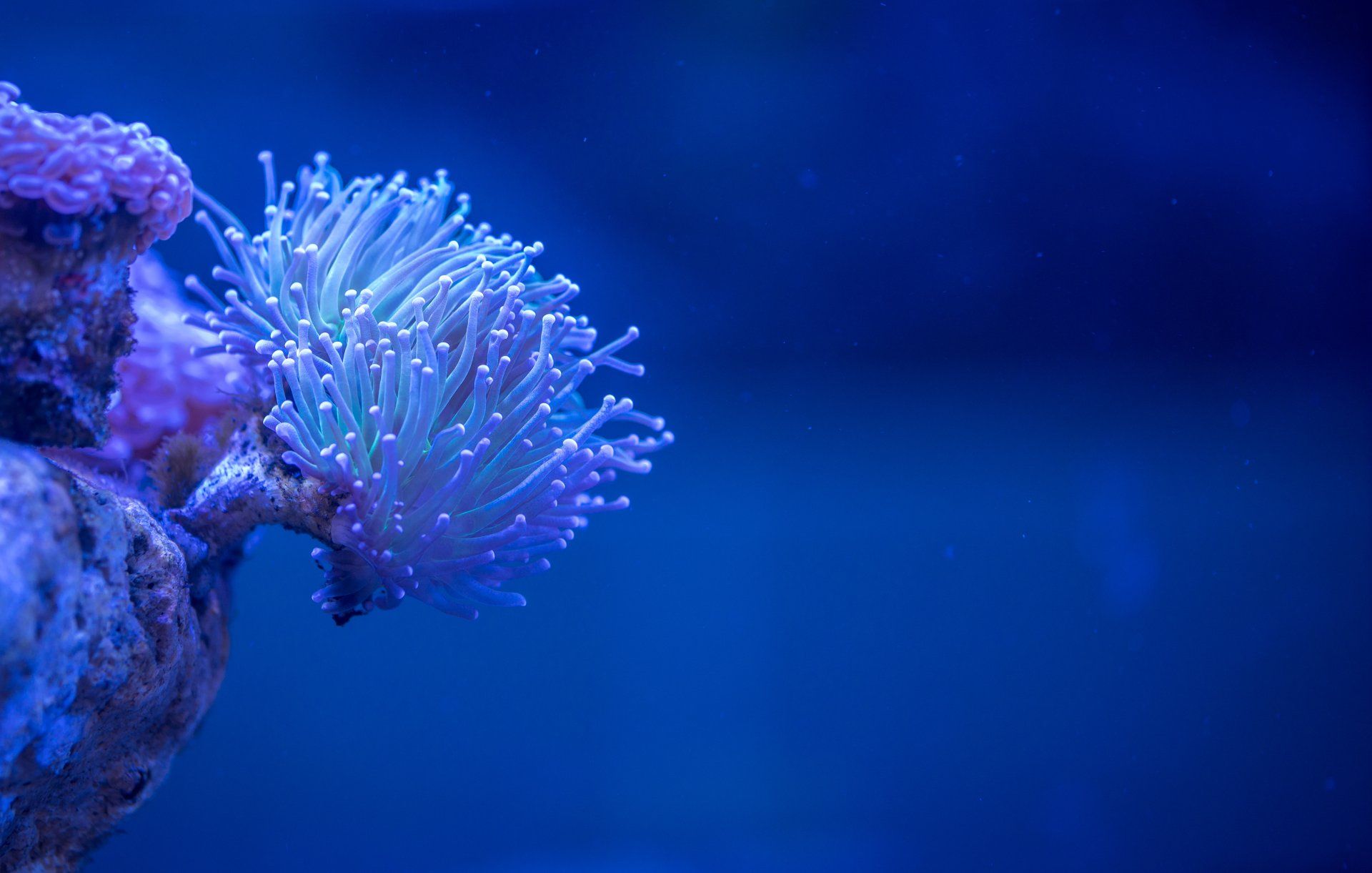Purification Via Centrifugation: A Quick and Efficient Method for Separating Substances

When it comes to separating substances, there are several methods that scientists and researchers can use. One of the most common and efficient methods is purification via centrifugation.
What is Centrifugation?
Centrifugation is a process that uses the power of rotation to separate substances based on their size, shape, and density. It works by placing a sample in a tube or container and spinning it at high speeds in a machine called a centrifuge. The centrifugal force generated by the spinning motion causes the heavier particles in the sample to move to the bottom of the tube, while the lighter particles stay near the top.
How is Centrifugation Used in Purification?
There are several ways that centrifugation can be used to purify substances. One of the most common methods is called density gradient centrifugation. This involves creating a gradient of densities within a sample by adding different substances with different densities to the tube. The heavier substances will sink to the bottom, while the lighter substances will stay near the top. This allows scientists to easily separate the different substances based on their densities.
Another method is called sedimentation centrifugation. This involves spinning a sample at high speeds until the heavier particles settle to the bottom of the tube. This is often used to separate large particles, such as cells or proteins, from a solution.
Advantages of Centrifugation
There are several advantages to using centrifugation for purification. One of the main benefits is that it is a quick and efficient method for separating substances. It can often be completed in just a few hours, making it a preferred method for scientists and researchers who need to quickly obtain pure samples.
In addition, centrifugation is a relatively simple and straightforward process that does not require specialized equipment or extensive training. This makes it an accessible method for scientists and researchers of all levels.
Centrifugation is also a highly versatile method that can be used to separate a wide range of substances, including cells, proteins, and nucleic acids. This makes it a valuable tool for a variety of scientific and research applications.
Limitations of Centrifugation
Despite its many advantages, there are also some limitations to using centrifugation for purification. One of the main drawbacks is that it can only be used to separate substances based on their size, shape, and density. This means that it may not be effective for separating substances that have similar properties.
In addition, centrifugation can only be used to separate solid particles from a liquid solution. It is not effective for separating gases or separating solid particles from a solid matrix.
Conclusion
In conclusion, purification via centrifugation is a quick and efficient method for separating substances based on their size, shape, and density. It has many advantages, including its speed, simplicity, and versatility, making it a valuable tool for scientists and researchers. While there are some limitations to its use, it remains a widely used method for purifying substances in a variety of scientific and research applications.




